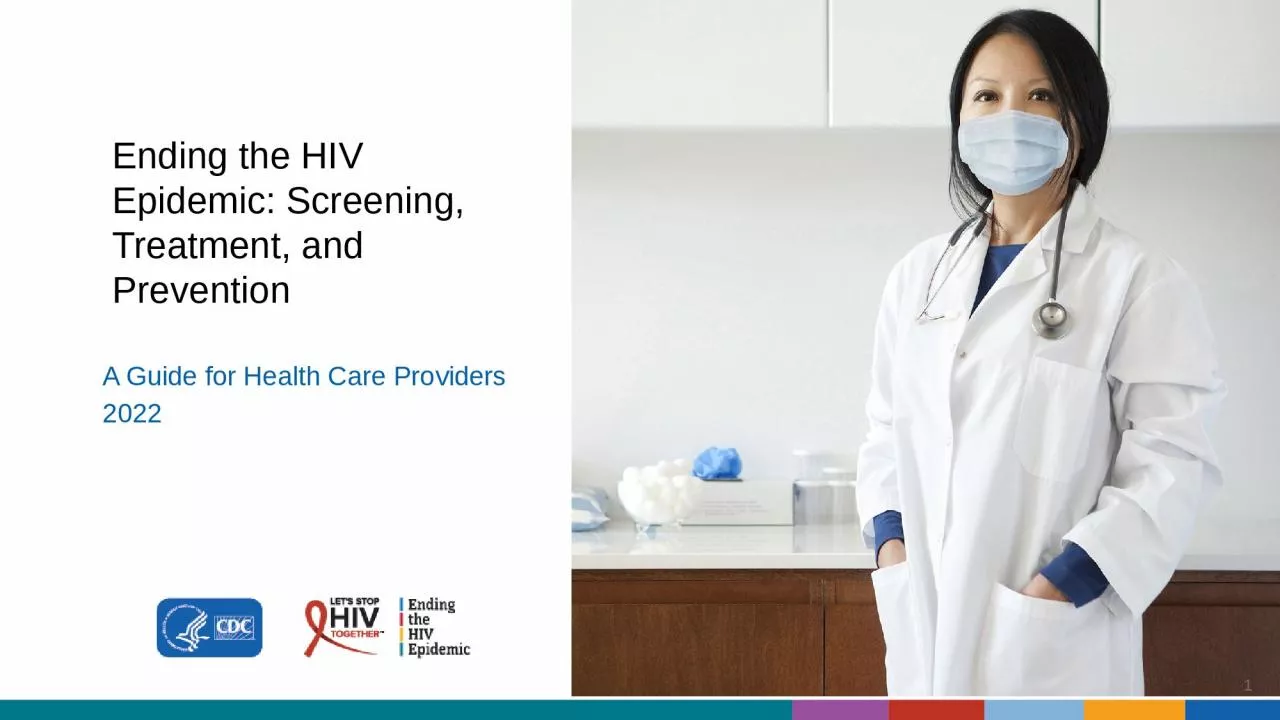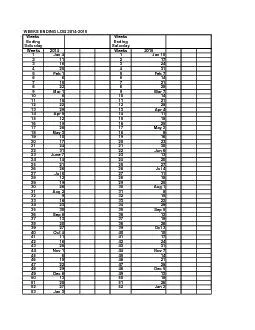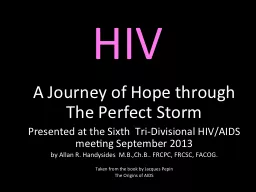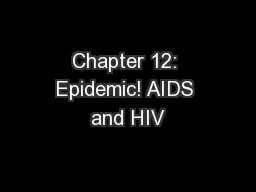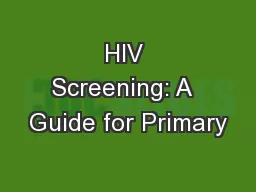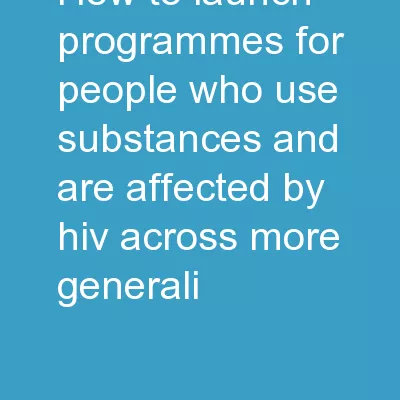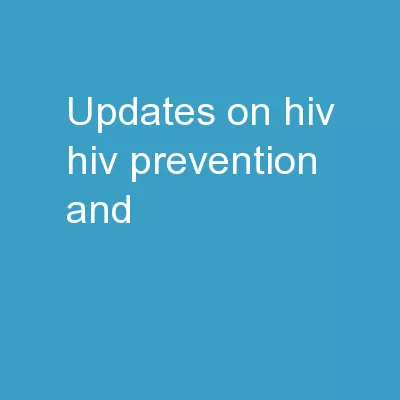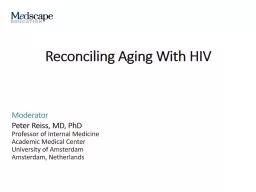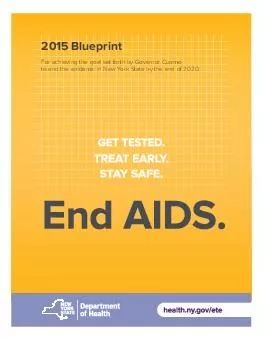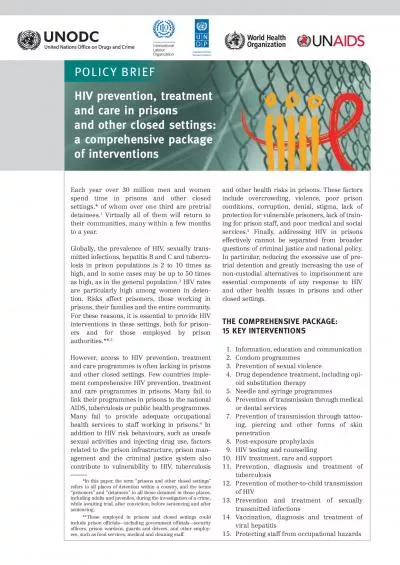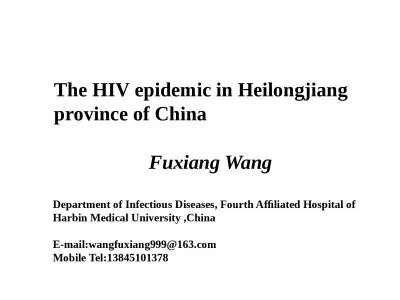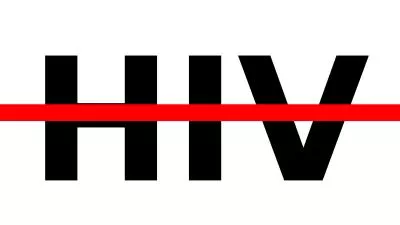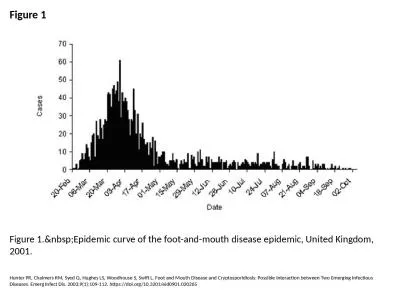PPT-Ending the HIV Epidemic: Screening, Treatment, and Prevention
Author : emma | Published Date : 2022-06-18
A Guide for Health Care Providers 2022 1 Overview The scope of HIV in the United States New HIV diagnoses in United States subpopulations and trends Introduction
Presentation Embed Code
Download Presentation
Download Presentation The PPT/PDF document "Ending the HIV Epidemic: Screening, Trea..." is the property of its rightful owner. Permission is granted to download and print the materials on this website for personal, non-commercial use only, and to display it on your personal computer provided you do not modify the materials and that you retain all copyright notices contained in the materials. By downloading content from our website, you accept the terms of this agreement.
Ending the HIV Epidemic: Screening, Treatment, and Prevention: Transcript
A Guide for Health Care Providers 2022 1 Overview The scope of HIV in the United States New HIV diagnoses in United States subpopulations and trends Introduction to Ending the HIV Epidemic in the US. Thanks to global commitment and clear goals spurred by community activism and scienti64257 c breakthroughs the world has halted and reversed the track of the epidemic So much so that today we can say these words with con64257 dencewe will end the AI Weeks Weeks Ending Ending Saturday Saturday Weeks 2014 Weeks 2015 1 Jan 4 1 Jan 10 2 11 2 17 3 18 3 24 4 25 4 31 5 Feb 1 5 Feb 7 8 6 14 7 15 7 21 8 22 8 28 9 Mar 1 9 Mar 7 10 8 10 14 11 15 11 21 12 2 The . P. erfect Storm. Presented at . the Sixth . Tri-Divisional HIV/AIDS meeting September 2013 . by Allan R. Handysides M.B.,. Ch.B. .. FRCPC, FRCSC, FACOG.. Taken from the book by Jacques Pepin . Introduction. “HIV” stands for “human immunodeficiency virus” which is the cause of AIDS (“acquired immunological deficiency syndrome”). The number who have died from AIDS since the epidemic began in the late 1970s is estimated to be around 30 million. Care Providers. Updated November 2013. 1. Learning Objectives. Analyze the rationale for HIV screening recommendations . Assess clinical benefits of routine HIV screening . Formulate application and approaches for simplifying routine HIV screening in practice . . JESSIE MBWAMBO, . PRINCIAL MEDICAL SPECIALIST AND SENIOR RESEARCHER, MUHIMBILI NATIONAL HOSPITAL TANZANIA. Presentation Format. Know your epidemic. Plan with stakeholders what needs to be done. Prepare for initiation of harm reduction interventions. . HCV . testing and treatment. Lorenzo McFarland, DHA, MPH, MSW, PMP. USAF/Ret E-7 - Senior Program Manager. HIV, Hepatitis, and Related Conditions Program. Office of Specialty Care Services. Deputy Under Secretary for Health for Policy and Planning. Reconciling Aging With HIV Introduction How Is the Epidemiology of HIV Changing in the Context of Aging? People Living With Diagnosed HIV, 2015 Noncommunicable Comorbidities in PLWHIV ≥ 45 Years Old 2PAGETable of ContentsContentsTable of Contents2Acknowledgement from the NYS Commissioner of Health4Introduction5HIV/AIDS Epidemiology in the City and State of New York7Community Leadership and Engage he comprehensive package consists of the 15interventions that are essential for e ective HIV prevention and treatment in closed settings. While each of these interventions alone is useful in addre . Fuxiang Wang . Department of Infectious Diseases, Fourth Affiliated Hospital of Harbin Medical University ,China. E-mail:wangfuxiang999@163.com. Mobile Tel:13845101378. . The HIV epidemic in the world and China . Supporting people who are living with HIV. Preventing others from getting HIV. Achieving. Together. A Community Plan to End the HIV Epidemic in Texas. Prevent HIV Transmission and Acquisition. Increase Viral Suppression. Hunter PR, Chalmers RM, Syed Q, Hughes LS, Woodhouse S, Swift L. Foot and Mouth Disease and Cryptosporidiosis: Possible Interaction between Two Emerging Infectious Diseases. Emerg Infect Dis. 2003;9(1):109-112. https://doi.org/10.3201/eid0901.020265. Dr. Sonalika’s Eye Clinic provide the best Paediatric ophthalmology treatment, Paediatric eye checkup treatment in Pune, Hadapsar, Amanora, Magarpatta, Mundhwa, Kharadi Rd, Viman Nagar, Wagholi, and Wadgaon Sheri
Download Rules Of Document
"Ending the HIV Epidemic: Screening, Treatment, and Prevention"The content belongs to its owner. You may download and print it for personal use, without modification, and keep all copyright notices. By downloading, you agree to these terms.
Related Documents

